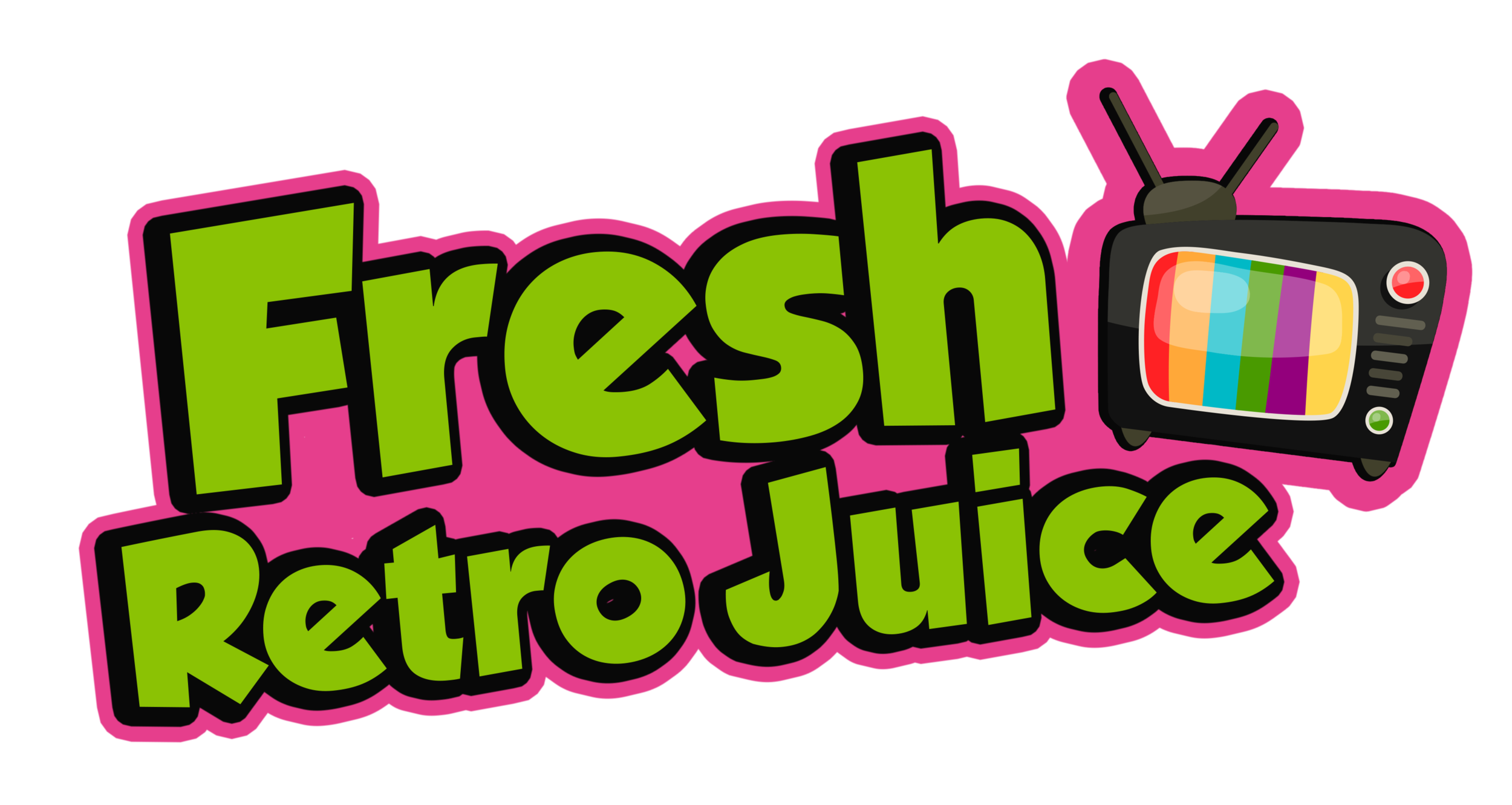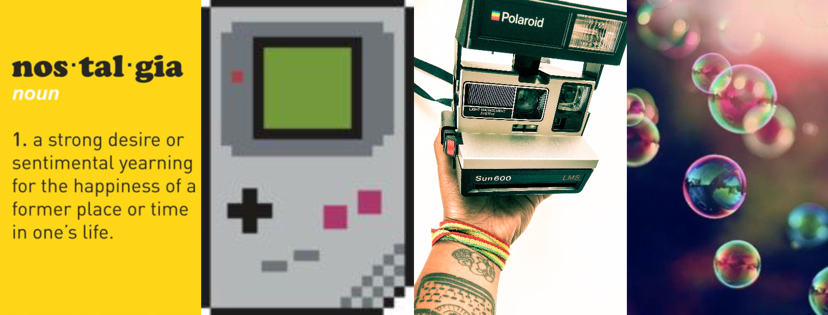We’ve all been there. Aimlessly staring out of the window of a bus with our headphones on, watching the raindrops chase each other down the glass as we genuinely believe that we’re in a music video! And then all of a sudden, a song from our youth leaks into our consciousness and unexpectedly makes our heart thump with pleasure. The first few bars, verse or an 80s power ballad key change evokes a feeling that is impossible to replicate at will. It’s a song that punches you right in the adolescent feels and you bloody love it!
Music has the extraordinary ability to transport us all to a place usually in our childhood or a vivid nostalgic memory. It triggers a scene in your head where you can not only see the moving pictures, but you can feel the raw emotions that particular song has sparked especially if the memory is a sad one. I can still hear Blackstreet ‘No Diggity’ blasting from the car stereo of a lad’s Ford Fiesta after I told him I fancied him when I was 16… and he responded with turning the volume up! The salty sting of humiliation is still strong 20 years later!
The idea of a ‘memory bump’ or a ‘reminiscence bump’ is a psychological term used to determine the age at which we would have likely had an emotional connection to music. This has been identified as being between 10 – 30 years old with a higher concentration of memories in our early 20s. For example, if someone wanted to unlock my brain and pin point the type of music I instantly resonate with (that could also potentially make me fall off a treadmill at the gym in a euphoric frenzy), it would be 90s RnB with a little bit of early 2000 cheesy pop from my hazy days at university.
This is my nan Theresa. She’s 86 years old. She wears layers on top of layers which never made sense. She always asks me if I’ve eaten. She used to make amazing curry goat with rice and peas. She repeats the same questions every few minutes. She’s hilarious. She’s still very much awesome. She has dementia.
The last time I visited her we had great chats and laughs, and she knew exactly who I was. The next day my uncle said, “So you got to see Shem yesterday!” And she replied with a blank stare as if he was making outlandish statements. She had no recollection of me being there and it’s moments like that which hurts my heart.
My nan loves nothing more than sitting in her armchair listening to gospel or country music. That is where she’s happiest and when she’s more like the nan I knew. I once wrote in a story, “Music was a time machine. It had the power to pick me up like a claw machine at a seaside arcade and then drop me down in a memory I thought I had lost.” And I have never felt those words more than I do when I look at my nan smiling at a music DVD of Daniel O’Donnell!
By 2025, 1.1 million people are expected to be living with dementia in the UK.
The power of music therapy connecting with an individual and unlocking a part of their brain they never knew still worked, is old news. Yet, even with this knowledge only 5% of care homes offer a decent music program for dementia patients. There are however some care homes leading the way with music programmes that are created by dementia charity Playlist For Life. And those nursing homes advocating and implementing these musical activities have recorded big reductions in patients using anti-psychotic meds to control their dementia with as much as a 60% decrease.
Playlist For Life is an awesome resource that not only allows you to create a musical playlist for people living with dementia, but they have tools and training to help carers integrate music into an individual’s life. They have also recently collaborated with the BBC to bring Music Memories which is a website designed for those with dementia to re-establish a link to memories. It’s essentially a database of 1800 songs from the last 100 years including TV theme tunes. After selecting a genre and decade, you are given a list of songs to play. You can then share your playlist (with a few personal background details) to help others discover music that may help someone else.
A video went viral in 2014 from the documentary Alive Inside that featured a lovely old guy called Henry with Alzheimer’s whose face exploded with animation after listening to his iPod. That clip not only made me ugly cry, but it also proved exactly how the force of music drags out the person who we think maybe lost, when in fact they’re just taking a little nap until their jam comes on!
If you know anyone who is living with dementia and you’re finding it hard to verbally communicate with them, then throw on a CD you think they would love or create a bespoke playlist just for them… and let the music form a conversation.




